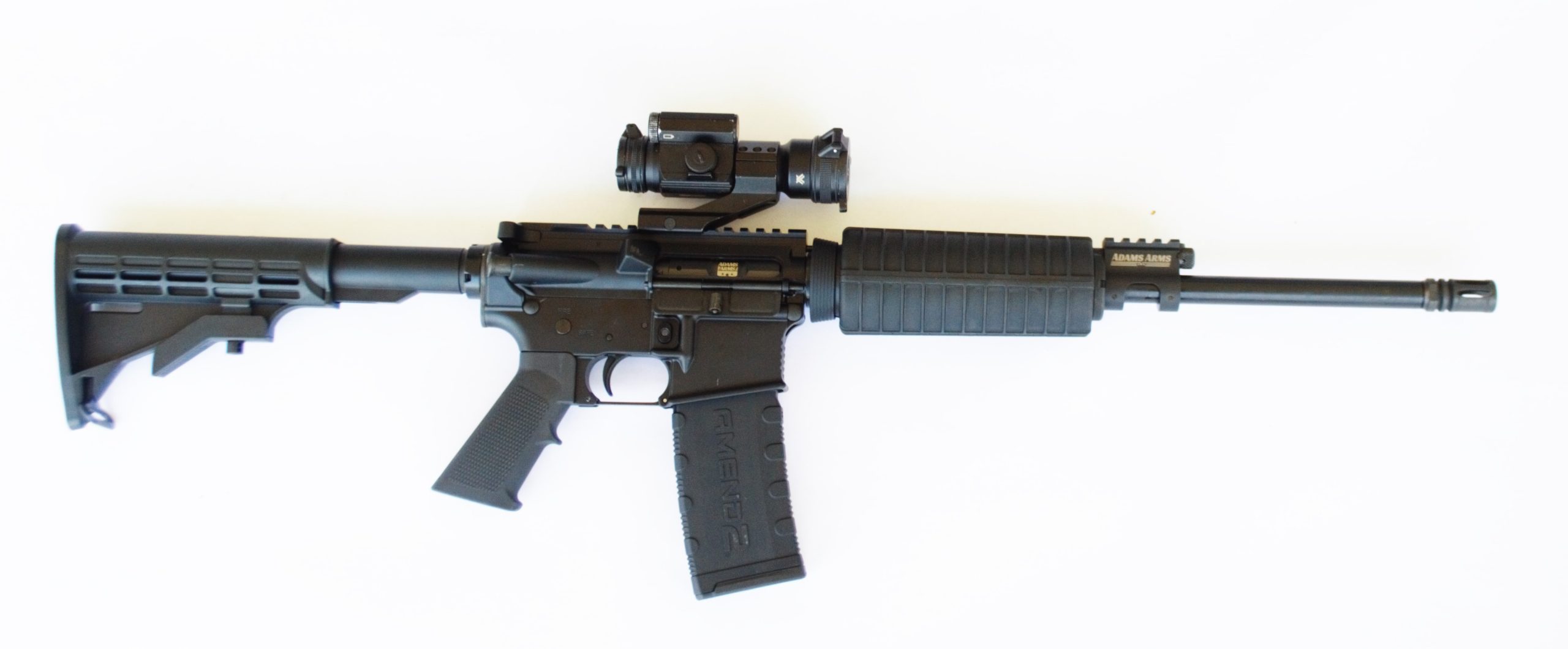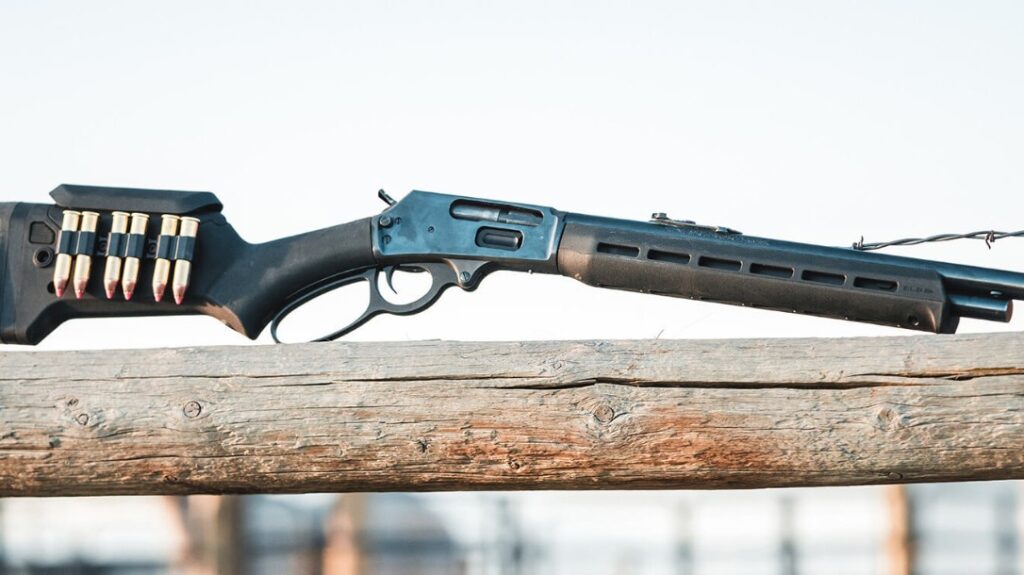First- the Adams Arms AR 15 illustrated is a basic AR available for less than eight hundred dollars at Cheaperthandirt.com. There are much better equipped rifles for more money from Adams Arms. My gun was purchased as a lark but ended up involved in a serious two year ammunition test program. The Adams Arms rifle never failed to feed chamber fire or eject. Accuracy has been more than acceptable. The big difference in this and other rifles is that the Adams Arms rifle is a piston driven rifle. The AR 15 rifle has been in use for decades and has become America’s rifle. Military and law enforcement use is often the primary focus. But my thoughts are that in the civilian market ten to one the rifles are purchased for recreation target shooting and hunting. Pride of ownership is another important reason for owning and AR 15 rifle. I own several and enjoy them very much. I really never give a thought to personal defense use- my home defense long gun is a 12 gauge shotgun. Just same if gangs or a takeover robbery were a threat the AR 15 would be at the top of my list. Low recoil proven wound ballistics and complete reliability are a big plus.
The AR 15 has undergone many changes and upgrades. Some of these upgrades are for concerns more perceived than real. Barrel twist rates heavy barrels and superior means of mounting optics and lights have been addressed. Some of the changes have been beneficial. Some just too much for me and others but a reasonably upgraded rifle is a joy to fire and use. The rifle features a gas system known as gas impingement. This system has seen as dirty- but it takes a lot of shooting to prove this out as you know- and the gas impingement system is seen as simple enough and reliable. An alternative to the gas impingement system is the piston driven system.
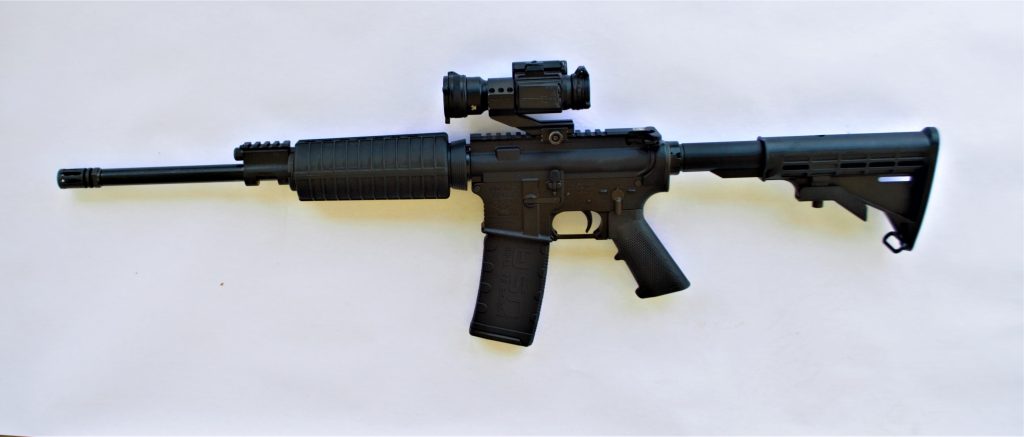
Advertisement — Continue Reading Below
The Adams Arms rifle is a standout as the rifle is affordable while most rifles of the type are more expensive. The piston driven rifle may have benefits over the gas impingement rifle. A gas impingement rifle vents a small amount of gas into a gas port in the barrel as the rifle fires. The gas block is located on the barrel. The gas bled off through the gas port is sent down a stainless steel tube and into upper receiver. The tube transfers gas to the bolt carrier. The carrier is sent to the rear to cycle the bolt during the firing cycle. This is a simple enough system. I hesitate to call any system fool proof but millions of rifles have proven extremely reliable in harsh conditions and high round counts. I don’t mind doing maintenance to my rifle and find the system easily maintained. But then I am not a solider and I don’t engage in 3gun competition to be fair.
A pistol drive system is more similar to the AK 47 or Garand gas system. The basic change is that the hollow gas tube of the gas impingement system is replaced by a piston driven system using a solid rod. This rod is actuated by gas pressure to move the bolt carrier. There have been early experiments with the AR type piston design but for the most part the AR’s primary focus has been gas impingement.
So does piston operation make for a more efficient function? Perhaps. The piston drive AR 15 rifle doesn’t vent powder gas into the upper receiver. This makes for cleaner operation. The piston driven gun does indeed run cleaner. I suppose I could clean my guns more often and again they are not on the edge of service or on the point. If they were then I would take more time with maintenance. I am not one of those writers to pretend I confront danger on a regular basis. Not that I have not had an active life I hesitate to call it adventure. The piston driven rifle more of the ejecta is accumulated in the barrel extension than the bolt. A reason the rifles are more expensive is that all piston systems are not the same and also that production isn’t as universal as the gas impingement type resulting in more manufacturing cost.
Advertisement — Continue Reading Below
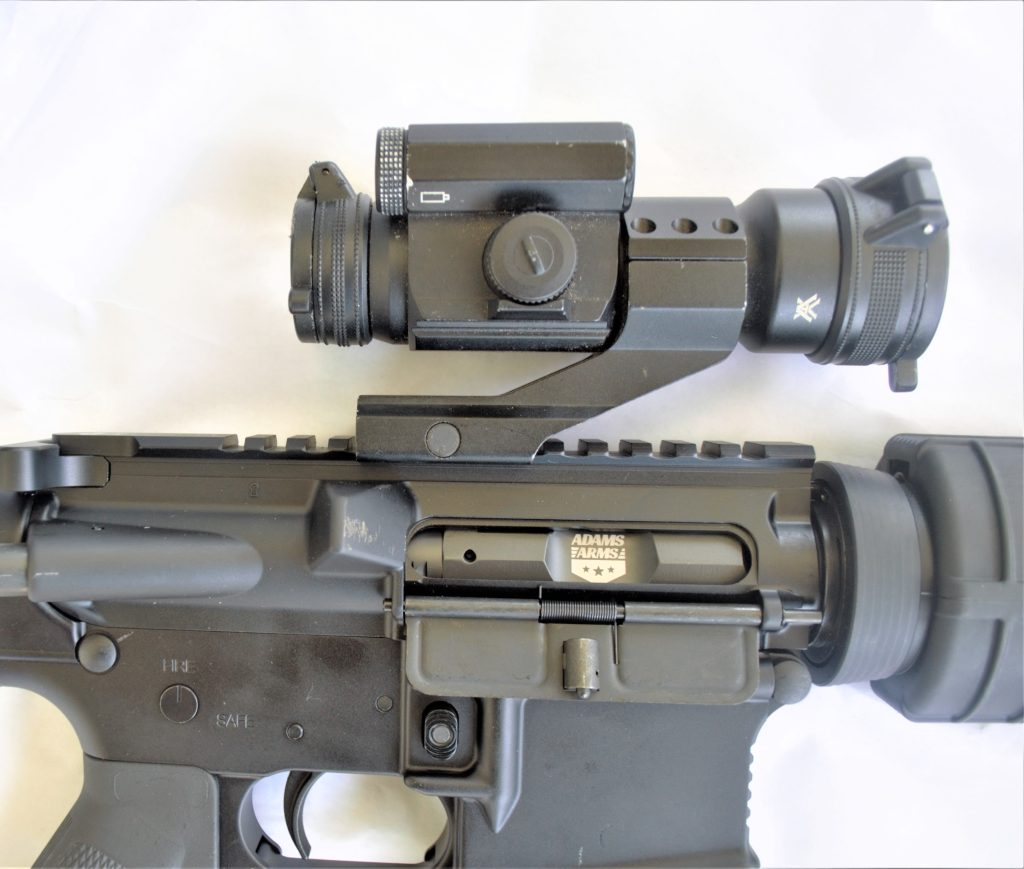
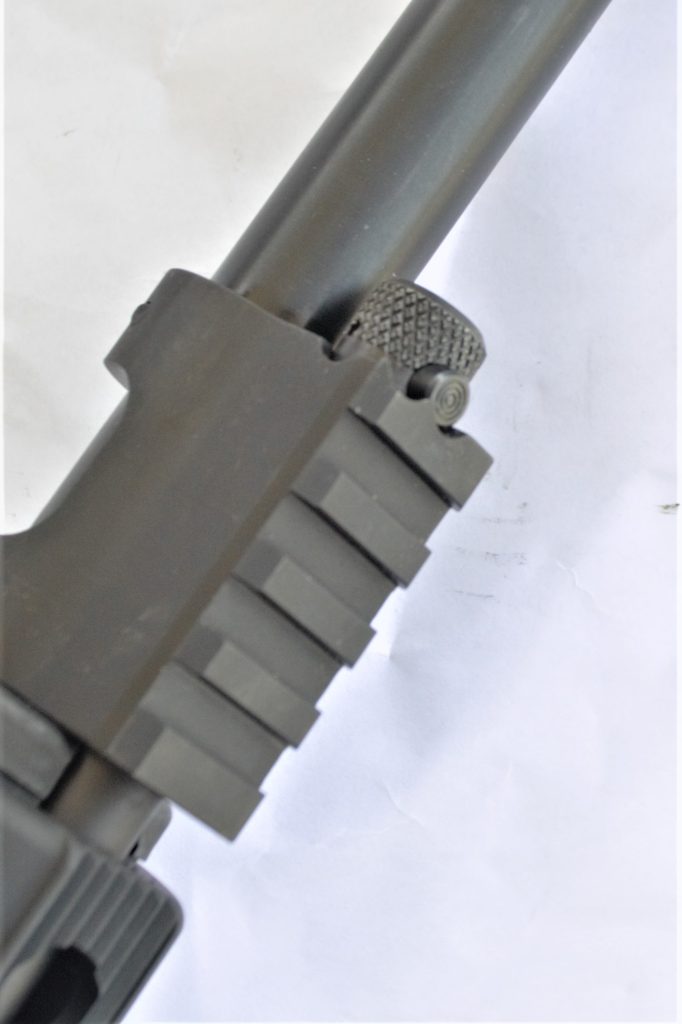
It is beyond my scope of experience but an experienced association tells me that the shorter the barrel the more you need a piston driven system, especially if you intended to add a suppressor. It is proven that piston driven guns do not heat up as quickly as gas impingement guns. Perhaps lube will not cooks off as quickly and running cooler can be a good thing. And then we have the disadvantage of greater cost and weight. I don’t consider the slightly greater weight a drawback but then I don’t carry a rifle on my back all day. It is a toss up in some ways but depending on exactly the requirements you have and the use the rifle will be put to the piston system may be best.
Advertisement — Continue Reading Below
I chose a base rifle for my testing. The goal was to fire 500 rounds in the rifle and test reliability. Despite burnouts and test of rather dubious value and validity 500 cartridges is a goodly amount of ammunition. I would fire these cartridges for reliability and accuracy. I felt that this is a good test of a rifle in the get your feet wet category. The base gun is sometimes found for sale for six hundred dollars or so. This is an affordable AR for the quality and a good test bed for piston operation. I added a Burris Strike Fire red to the rifle. I have enjoyed good results with this red dot on a half dozen rifles. In firing this ammunition the rifle proved reliable. Accuracy was good for an entry level AR 15. Perhaps a scope with a reticule rather than using the Burris red dot on the lowest dot setting would have given superior accuracy. But the Burris certainly provides good accuracy potential and real both eyes open speed.
Firing tests
| Load | Velocity | 100 yard group |
| Black Hills 36 grain Varmint Grenade | 3590 fps | 2.3 in. |
| Fiocchi 40 grain V Max | 3701 fps | 2.4 in. |
| Fiocchi 50 grain Field Dynamics | 3,313 fps | 2.0 in. |
| Black Hills 55 grain JSP | 3,001 fps | 2.0 in. |
| Reminton UMC 55 grain FMJ | 2999 fps | 1.95 in. |
| Tula 55 gr. FMJ | 2732 fps | 3.9 in. |
| Federal American Eagle 55 grain FMJ | 3020 fps | 2.3 in. |
| Federal Green Tip 62 grain | 3111 fps | 1.75 in. |
| Fiocchi 69 gr. SMK | 2589 fps | 1.9 in. |
| Hornady 75 grain TAP | 2650 fps | 2.0 in. |
| Black Hills 77 grain | 2689 fps | 1.65 in. |
Advertisement — Continue Reading Below
The dirtiest loads were steel cased variants no surprises there. The Adams Arms rifle offers a gas adjustment to tune function with light or heavy loads and suppressor use. We used the factory setting and did not adjust the settings.
After the test the gun was dirty but never was no instance in which the bolt slowed or malfunctioned. The Adams Arms rifle- their entry level rifle- with a stock 7.0 pound trigger and red dot sight is accurate enough for most chores.

Advertisement — Continue Reading Below
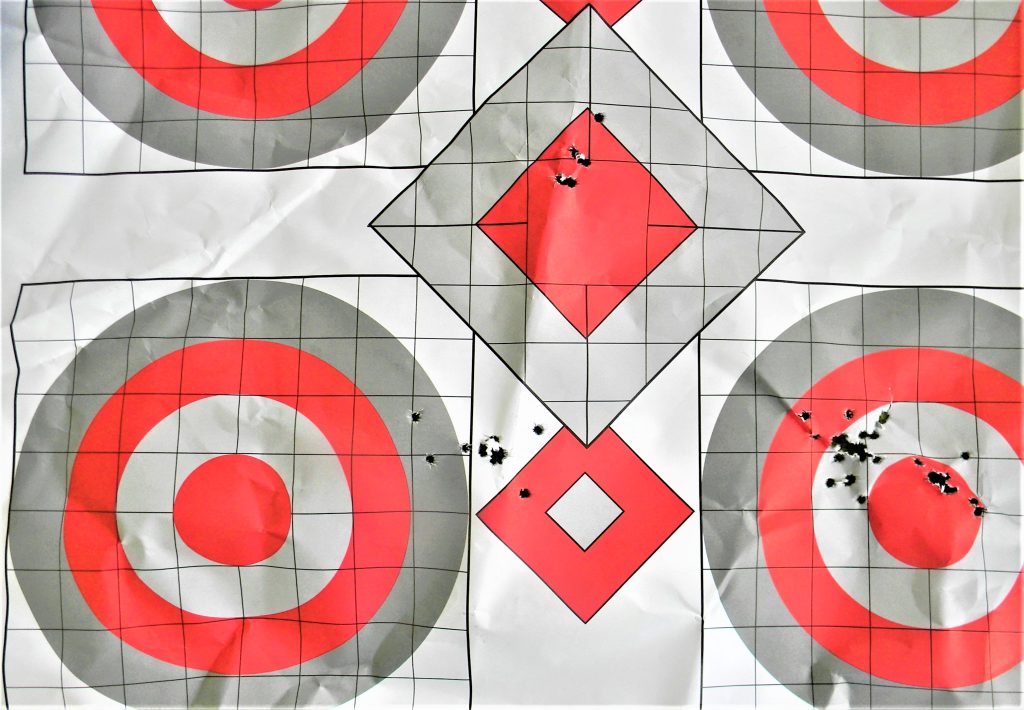
SPECS
- Upper Receiver: A4 Flat-Top, Forged
- Barrel Length: 16″
- Barrel Contour: M4
- Barrel Material: 4150 Chrome Moly Vanadium Steel
- Muzzle Thread Pattern: 1/2″-28
- Chrome Lined: No
- Barrel Finish: QPQ Melonite / Black Nitride
- Twist Rate: 1 in 7″
- Chamber: 5.56x45mm NATO
- M4 Feed Ramps: Yes
- Bolt Carrier: Full-Auto Rated 1-Piece w/Integral Piston Strike Face
- Sights: Williams Adams Arms Flip Up sights
- Muzzle Device: A2 Flash Hider
- Gas System Length: Midlength, Short Stroke Piston Operated
- Gas Block Diameter: 0.750″
- Handguard: M4 Handguards
- Grip: A2 Grip
- Trigger: Standard G.I.
- Stock: 6-position Collapsible
- Weight: 6.2 lbs
- OAL: 32.5″ collapsed
- Lifetime Warranty: Yes
